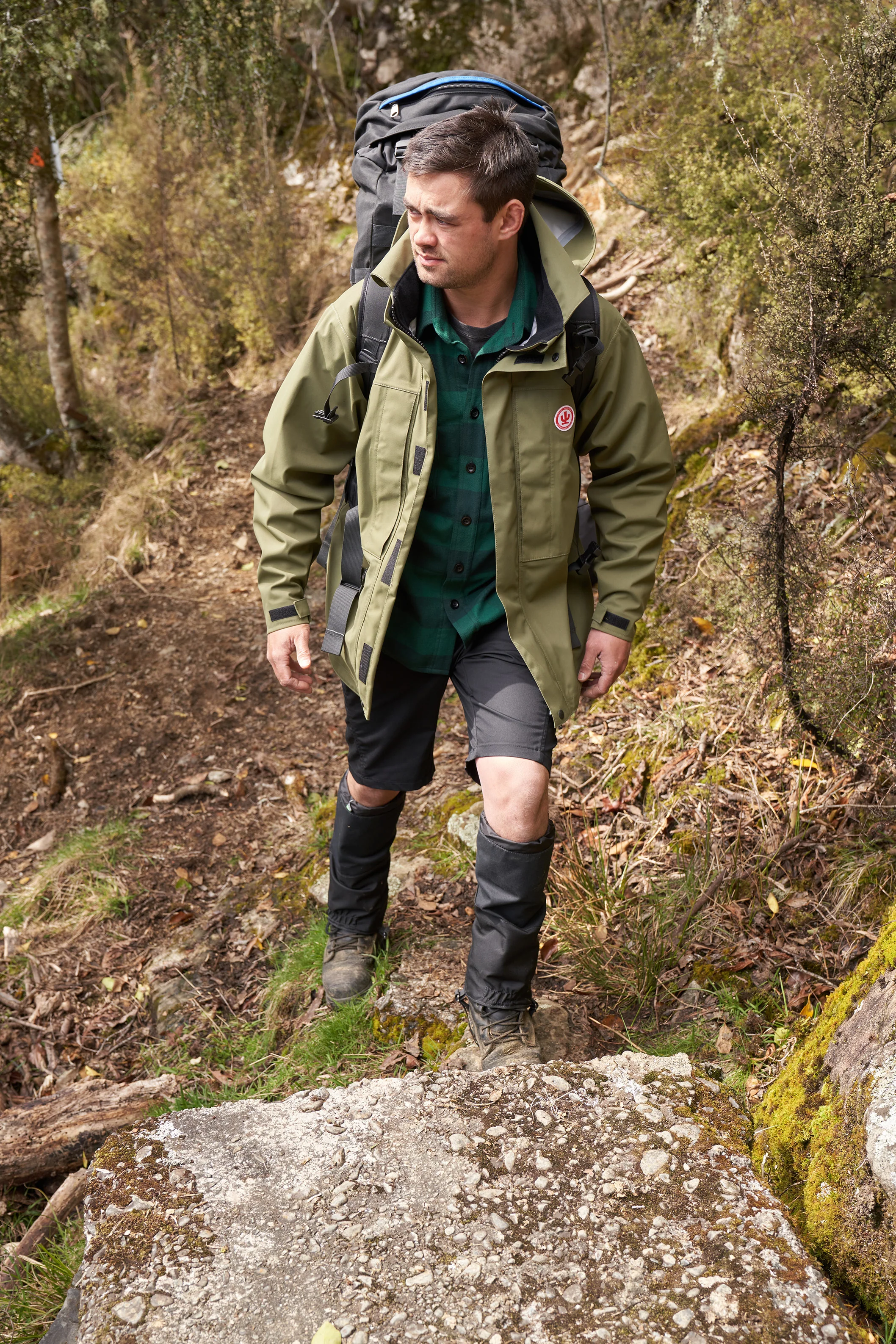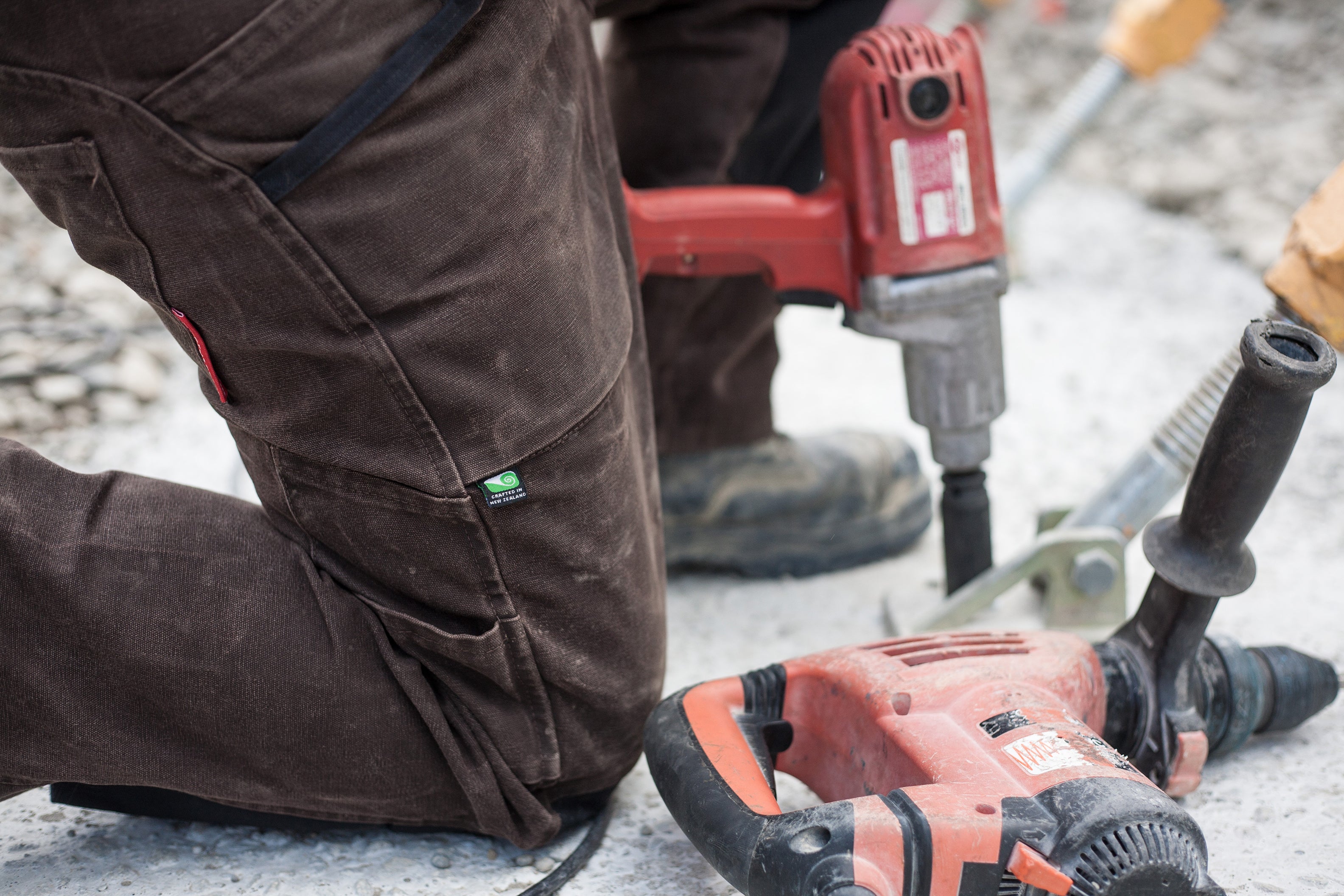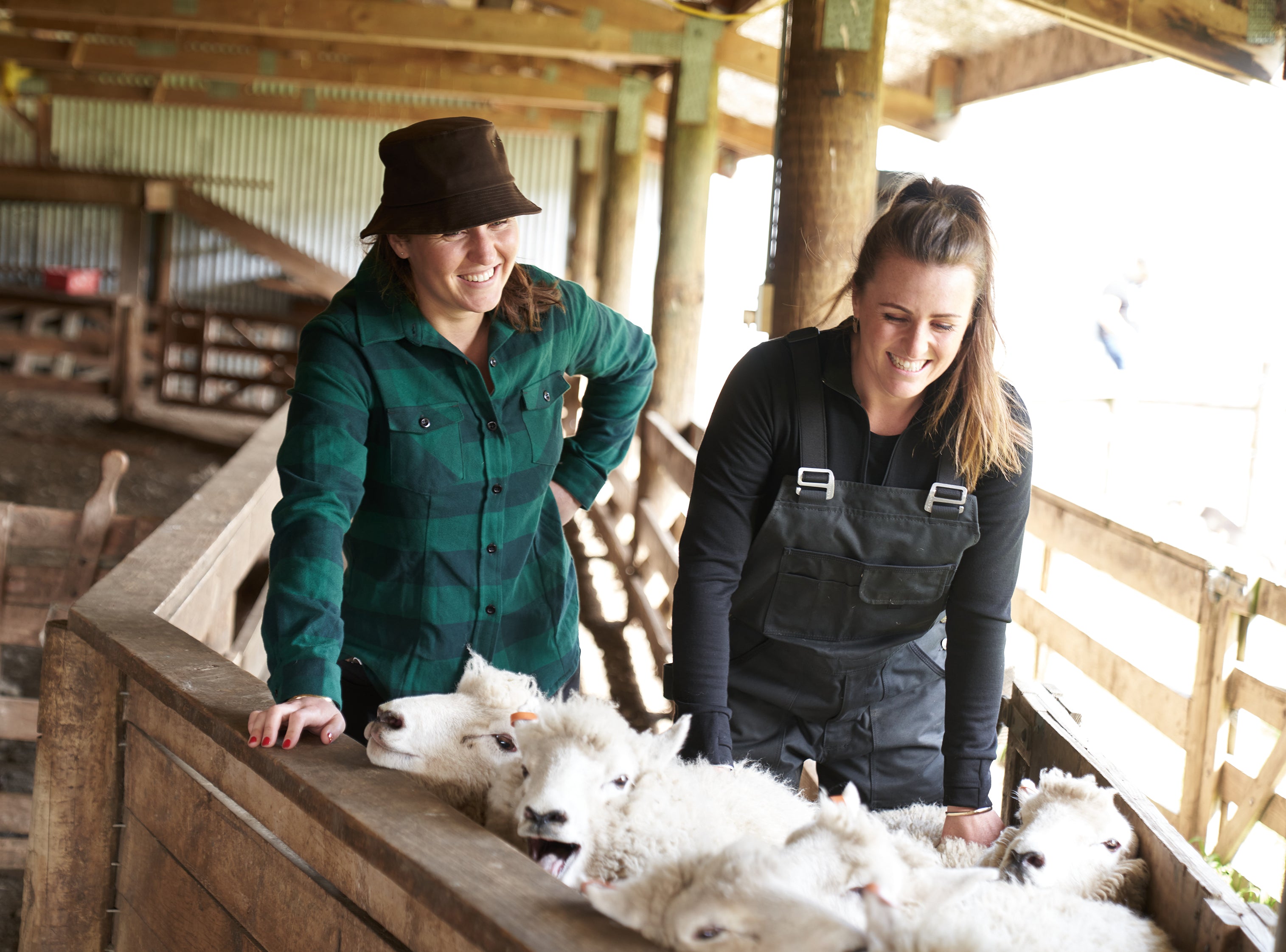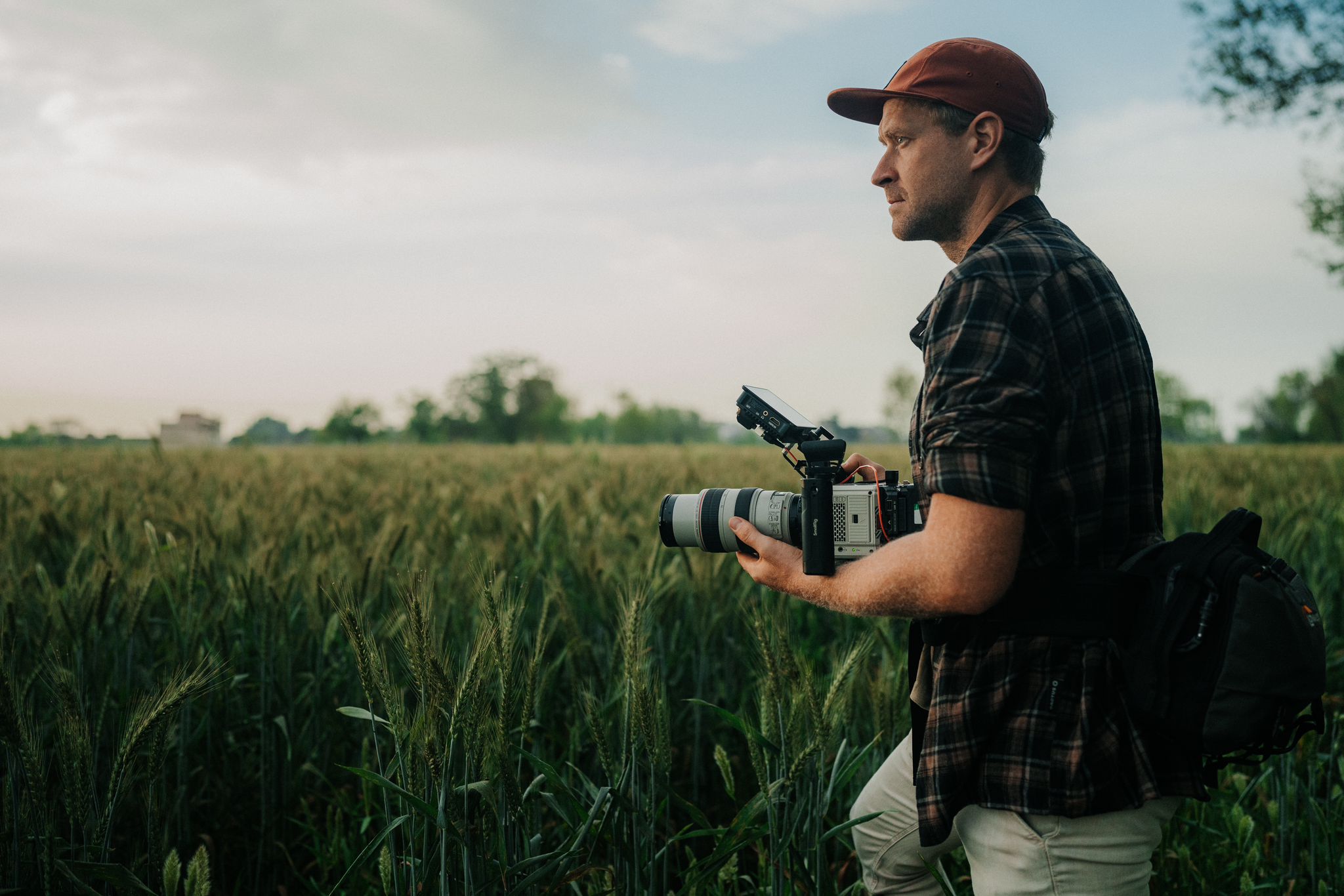EARTHQUAKES, ROCK AVALANCHES & A CACTUS PACK
Gregory is an Assistant Professor in the Department of Geology at the University of Chile. He recently purchased a Cactus Deepwinter pack which our wonderful machinists added ski slots on the side (based on the design of the Patrol Pack) to take on his work expeditions. Here's a short blurb about the super interesting and fun things he gets up to:
My colleagues and I are interested in big earthquakes and the trouble these earthquakes cause. In places like Christchurch, geohazards like liquefaction was a big issue during the Canterbury Earthquake Sequence, but in places like the Port Hills rockfall was a major problem.
My colleagues and I are currently studying active faults and the earthquakes they generate in the high Andes near Santiago (the capital) of Chile (in addition to of course working on a number of cool earthquake-related things back in NZ). Of interest is a huge type of landslide called "rock avalanches". Like snow avalanches, they are extremely fast, but unlike snow avalanches, they are made of rock and are often composed of huge blocks (up to house-sized).

We (researchers and students from the University of Chile and the University of Sheffield, UK) went up into the High Andes with our drone (UAV) packed into the
Deepwinter Cactus backpack in order to document one of these huge rock avalanche deposits. For someone that owns too many backpacks, it is interesting to note that only my Deepwinter pack can accommodate my drone in the carrying case it came in. On the 22 km round trip day hike, the pack was super comfortable and had room for extra clothes, water, and food to keep us motivated.
We hiked up to just over 3,100 metres (in the middle of the valley) and underneath the 5,500 metre high peaks towering above us and flew the drone around to document from the air, sampled the deposit and enjoyed the fine views. Here are a couple of photos from Dr Melanie Froude and that I took from the drone.
The photos show how small we look compared to the huge blocks in the rock avalanche deposit (from the drone). Rock Avalanches are fairly common in the Southern Alps as well (for example the 14 July 2014 rock avalanche off of Aoraki/Mount Cook - see Cox et al., 2014) and very much a topic of interest not only from the hazard perspective but also as a paleoseismic tool for researchers as the biggest rock avalanches are most often triggered by large earthquakes.
Thanks for making such cool packs Cactus and clearly the Deepwinter is also of great use for non-work related high Andes adventures involving boards strapped to your feet.
Cheers from Chile (Greg De Pascale - Department of Geology, University of Chile).
April 25, 2018
—
Cactus Outdoor









